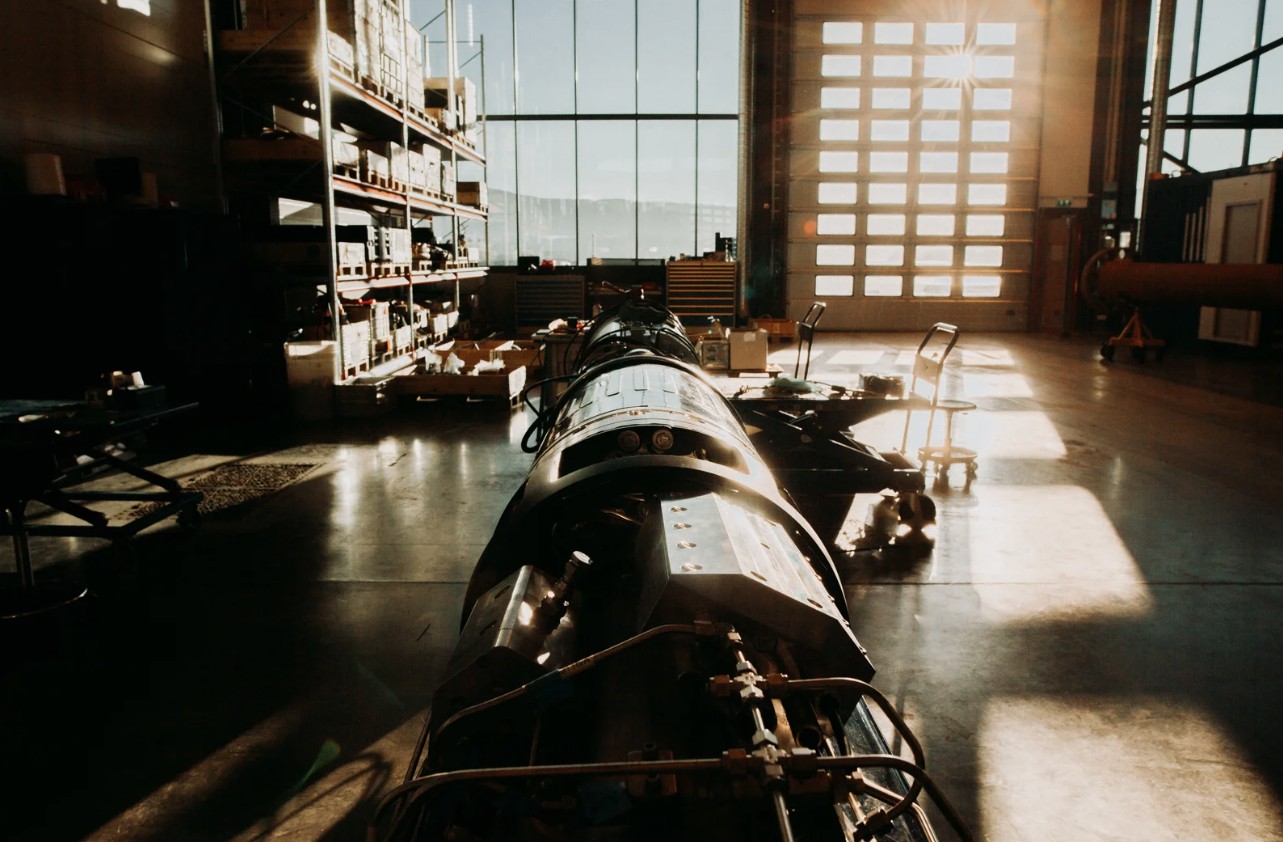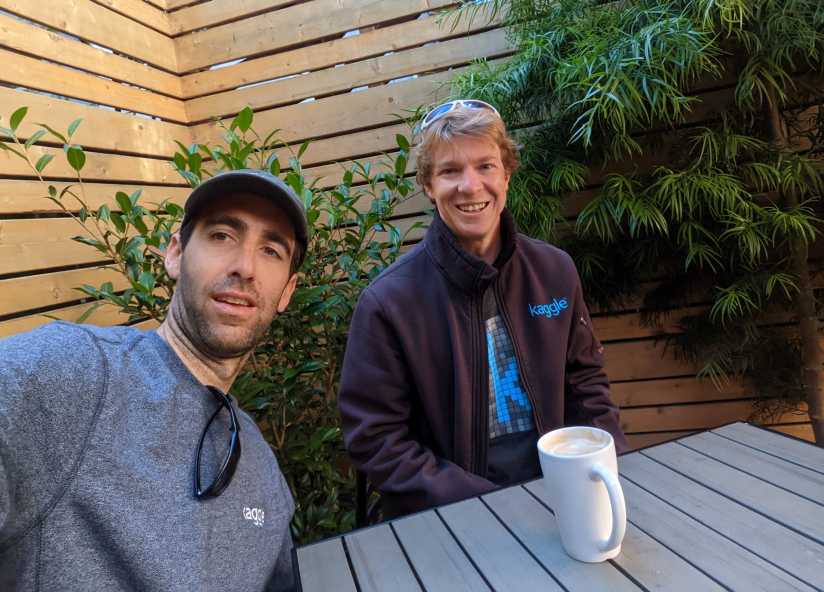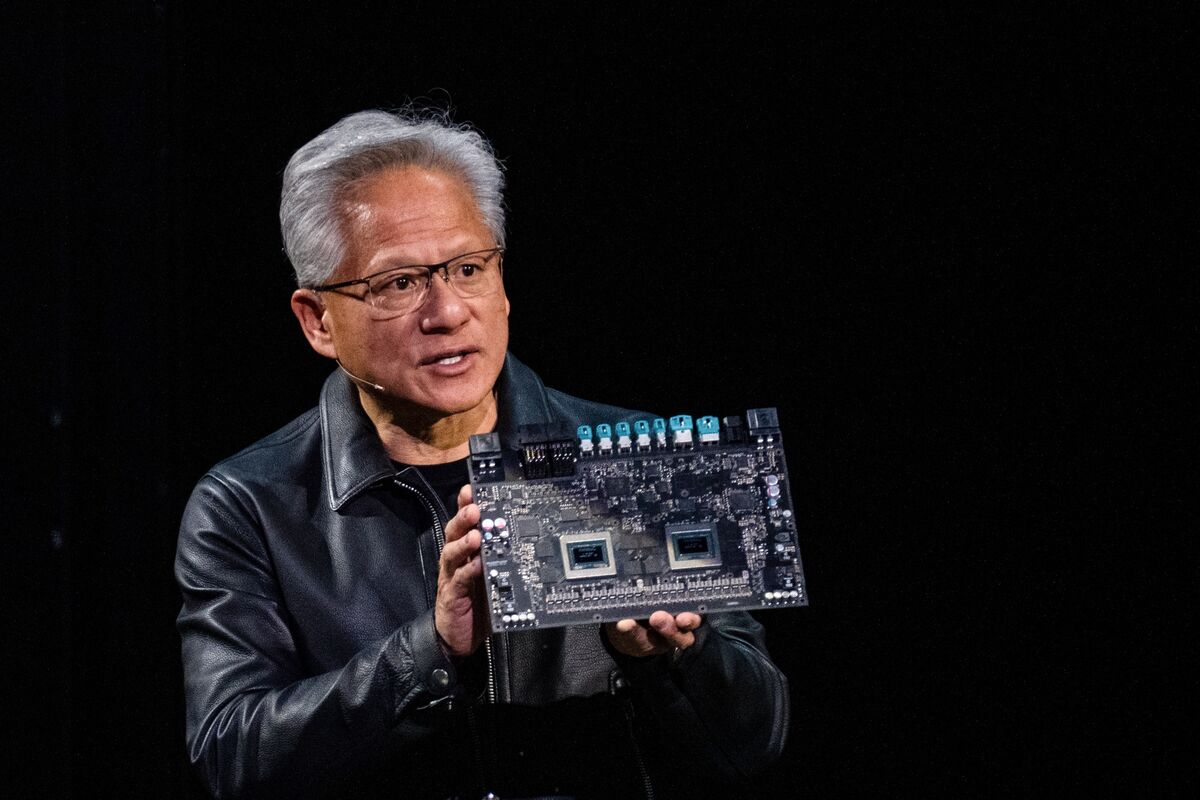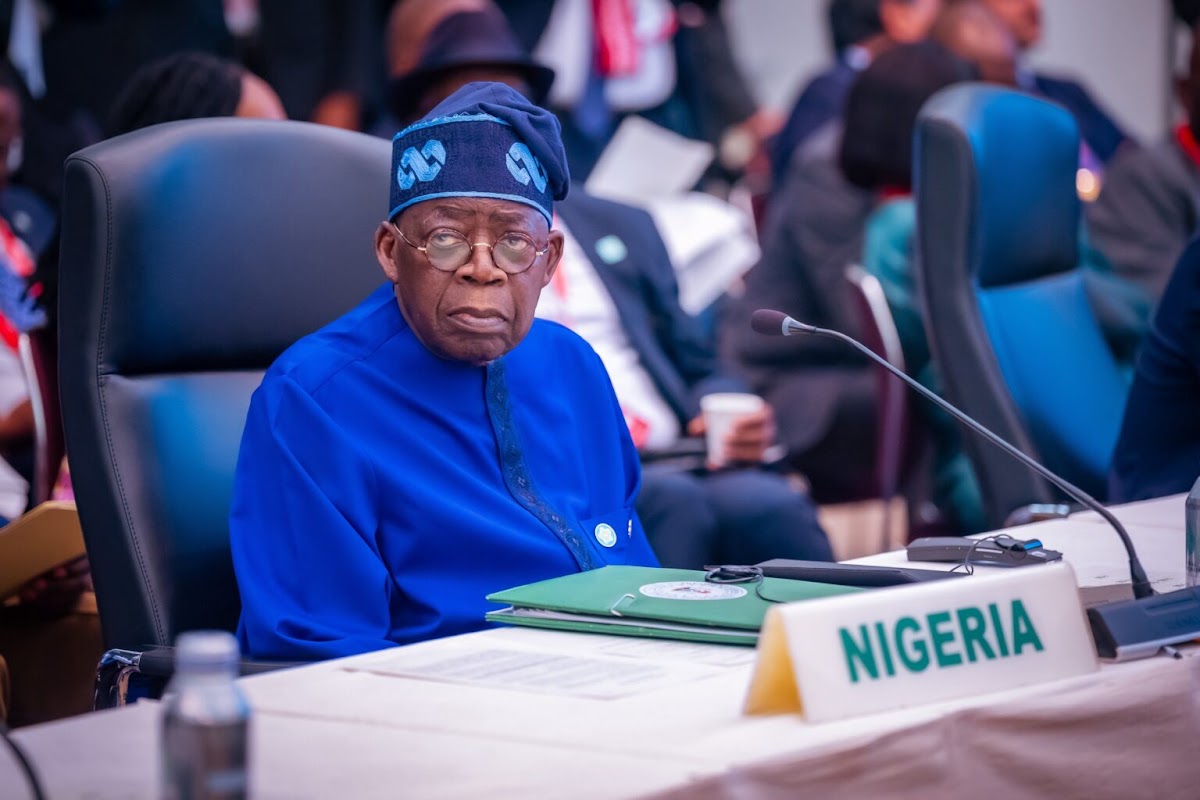Copyright defence-blog
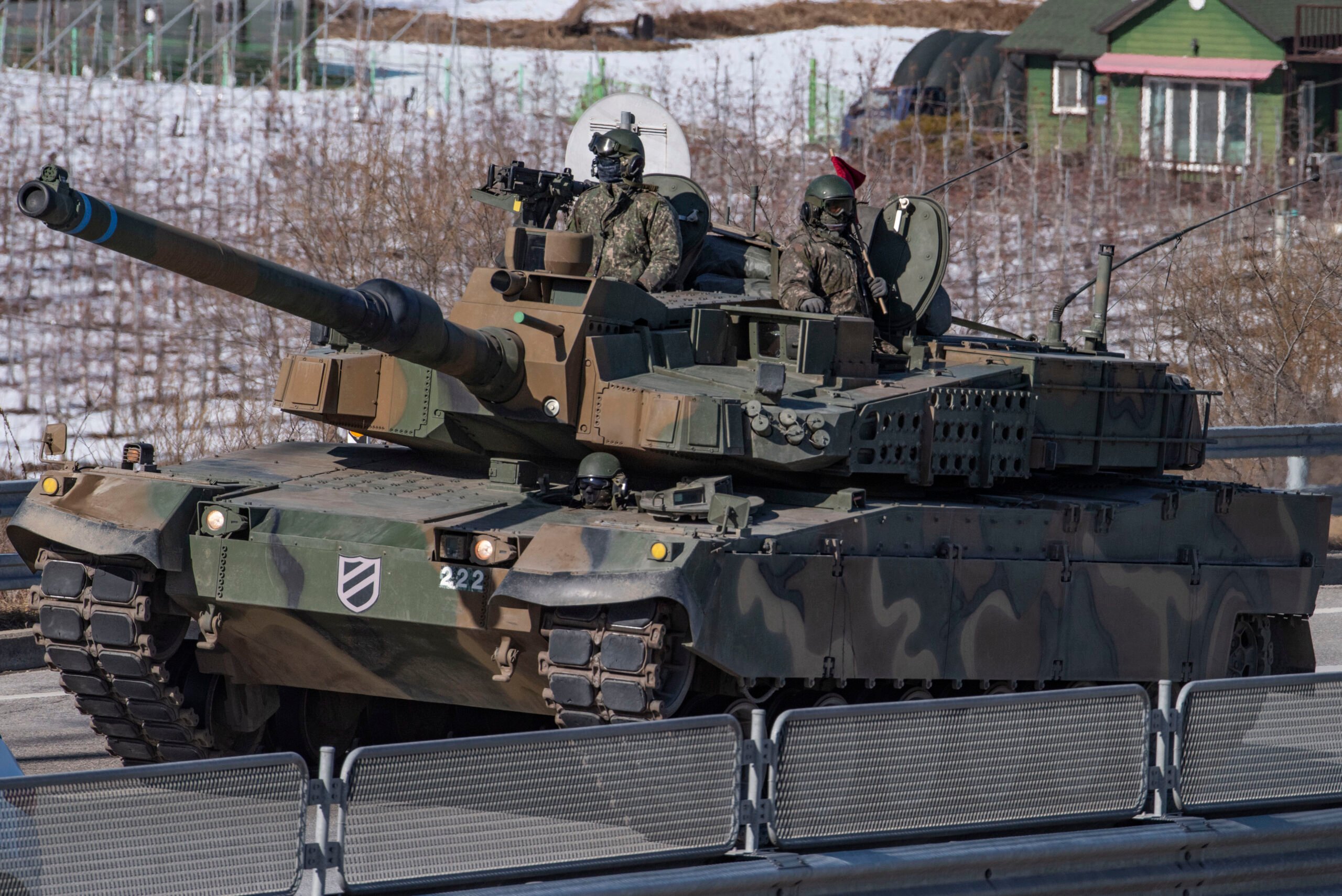
Peru has unveiled an ambitious plan to modernize its armored forces through a long-term partnership with South Korea’s Hyundai Rotem and STX, combining imports and local production of advanced military vehicles. The initiative will replace Peru’s aging fleet of tanks and armored vehicles, most of which date back to the 1970s, and lay the foundation for a domestic defense manufacturing industry. During a national defense industry forum in Lima, Major General Jorge Arévalo Calinowski, head of the Army’s logistics command and a board member of FAME SAC, described South Korea’s defense development model as a roadmap for Peru’s modernization effort. He recalled how Seoul’s acquisition of the American M1 Abrams in the late 1970s, combined with a policy of technology transfer and sustained state support, enabled the country to develop its own K1 and K2 series tanks—now among the most advanced in the world. “The K2, which is entirely Korean technology, demonstrates what can be achieved through long-term planning, research, and industrial cooperation,” Arévalo said. According to the Army’s presentation, the Peruvian program will unfold in two main phases: Phase 1 (2026–2028) involves the direct import of 99 K808 wheeled armored vehicles and 46 K2 main battle tanks from South Korea. These vehicles will be delivered with training and maintenance packages to prepare local personnel for future assembly and production.Phase 2 (2029–2040) will transition to local manufacturing, with Peru expected to produce 181 K808 armored vehicles and 104 K2 tanks domestically under license. Production will be carried out at facilities developed by FAME SAC in partnership with Hyundai Rotem, with an estimated 30 percent of the components sourced from Peruvian suppliers, including welding, machining, electrical systems, and hydraulics. Hyundai Rotem has committed an initial investment of around $270 million to establish assembly lines in Peru for both tanks and 8×8 armored vehicles. The 15-year project is designed to progressively increase the country’s defense self-sufficiency while supporting industrial and economic growth. “This cooperation will create jobs, build technical capacity, and generate a sustainable defense industry,” Arévalo said. He noted that local production could generate thousands of jobs and contribute billions of dollars to the national economy over the life of the program. Officials emphasized that South Korea’s success in defense manufacturing illustrates how industrial policy and military modernization can advance together. They pointed to similar models in Brazil and Spain, where defense industries have become key economic drivers. Arévalo warned that relying solely on foreign suppliers in times of global instability poses risks to national defense. “The wars in Europe and growing tensions in Asia remind us that a country must be able to sustain its own capabilities,” he said. Under the partnership, Hyundai Rotem will also provide technology transfer, training, and support for establishing a supply network of certified local companies capable of contributing to the armored vehicle production chain. By 2040, Peru aims to field a modern armored fleet built largely within its borders, marking a shift from dependency on imports to national industrial autonomy. “No strong defense exists without a strong national industry,” Arévalo said. “Our goal is a Peruvian defense industry that serves the nation and strengthens its economy.”
